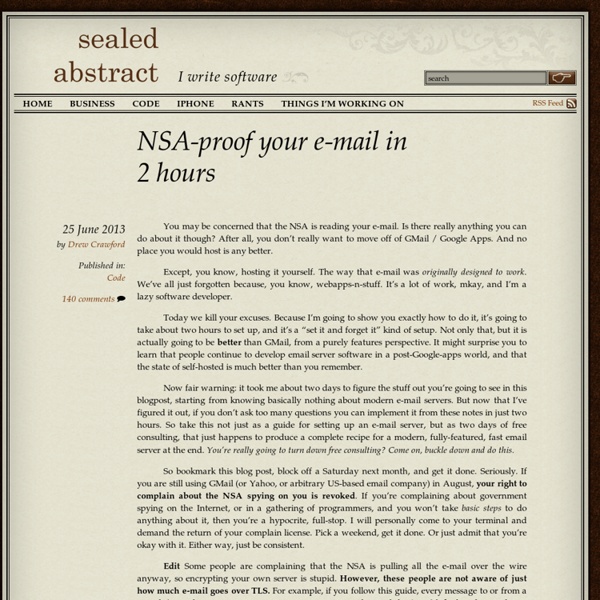You Are the Network
Linux and Open source An Intro to Linux Distros and Live CDs
or Try before you “Buy” With over 600 GNU/Linux distributions available, 300 of which are under active development, what’s the best? How do you choose? Why are there so many Distros anyway? This isn’t written in stone but probably the best Distro for you will be one of the 300 odd Distros still under active development. Complicating this dilemma of choice is the broad differences in Distros. There are others like the ones Banking Institutions have developed where security is King and other Distros can hack your windows passwords or WiFi security. Even though most Distros are free, the time involved in installing a Distro onto a PC or laptop can be costly because “Time is money”. Enter the Live CD… Live CD: “A Linux Distro that boots from a CD (or DVD) and runs in your computer’s memory without being installed is a Live CD. ” Rumor has it that Linux Live CDs have been around since 1998, so the concept isn’t new. Live CDs are simple to obtain and use. Some suggestions for narrowing the field:
btcd: Not your mom’s Bitcoin daemon | Conformal Systems, LLC.
We are pleased to announce that btcd, our full-node bitcoind alternative written in Go, is finally ready for public testing! The installation instructions and source code can be found on github at: A Brief History Back in May, we first announced our plans to release btcd. Over the next month, we released btcjson, btcdb, and btcscript. What Took so Long? As typically happens with development, several things came up, all of which took a few days (or a week) here and there. The following list is a brief overview of the various things that were tackled: So, as you can see from the list above, we were able to cram quite a bit in 10 weeks! Separate Chain and Wallet While implementing the wallet and starting to build the GUI, we quickly realized that there is, what we consider, a fundamental design flaw in the other implementations we have seen to date. Why Separate Chain and Wallet? Multiple devices and thin wallets can also be supported based on this design.
ExtraBee Open-Source Radio Module by Jeremy Willden
There are a lot of radio modules out there, but few of them allow you to customize the firmware inside. We started this project so we could have a radio module to use with our Arduino and other projects, but with the ability for anyone to customize the firmware for their own projects. We're big fans of open source, so we're using an Atmel processor so we can make it compatible with the Arduino development environment, and we used an Atmel 802.15.4/Zigbee chip. We added a RF power amplifier (PA) and low-noise amplifier (LNA) to extend the range of the radio module, much like the higher power versions of these closed-source modules, and adopted a popular module footprint and pinout so it can be made drop-in compatible (with further software development). The prototypes currently both send and receive radio packets with each other and we've also tested them with an XBee-PRO, but it should work with any device that adheres to the 802.15.4 standard.
Sovereign Peer-to-Peer
Linux and Open source Linux Security: How to hide processes from other users
Small and at the same time great article from Steve on If you run a multi-user system it can increase security if you hide the display of running processes, and their arguments, which belong to other users. This helps avoid problems if users enter passwords on the command-line, and similar. If you’re running a recent Kernel, (version 3.2 or higher), you can achieve this benefit by mounting the /proc filesystem with the new hidepid option: It is worth noting that with the secure values set (“1″, or “2”) all processes remain visible to the root user. If you decide you wish to enable this protection you can change the mount option interactively by running: # mount -o remount /proc -o hidepid=2 To ensure this happens automatically at boot-time you can update your /etc/fstab file to read something like this: proc /proc proc defaults,hidepid=2 0 0 With this in place a user will only see their own processes in the output of top, ps, & etc: Popular Posts:
nanomsg
ExtraBee.org • Index page



